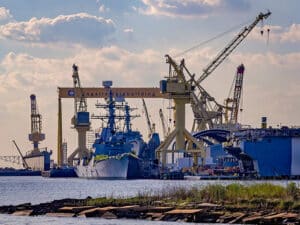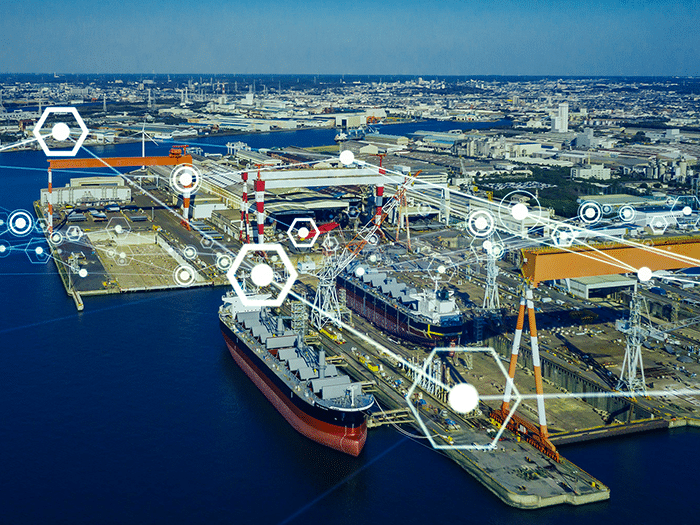
Op-Ed: Shipbuilding expertise meets technology to turn data into a real asset
Written by Heather Ervin
By Ludmila Seppälä, Cadmatic
Technology moves in strange ways—when you hear the phrase “digital assets,” in 2023, your first thought might be of brightly colored monkey portraits, driven by the NFT boom. But a digital asset can take many forms; in shipbuilding, the sector is beginning to realize the how the vast amounts of data that each project creates are assets all of their own. This is driving the development of the tools to manage, organize, and leverage this data to power the vessels of the future.
To develop these tools, Cadmatic and CONTACT software entered into a strategic OEM partnership, aimed at delivering the first shipbuilding-specific PLM (Product Lifecycle Management) solution. This is the first step on a mission to develop digital transformation expertise and capacity that’s specific to our industry—rather than transferred in from other disciplines such as automotive or process engineering.
Why does shipbuilding need its own solution? Ship design and building are already complex processes, requiring collaboration between hundreds—if not thousands—of people, thousands of drawings and millions of dollars. Managing the information within these projects is essential to their success, both in terms of commercial performance, delivering vessels to specification and budget, and delivering the performance and safety the industry needs. Tools for the automotive, or the aviation industry, for example, operate on a product basis. In the example of a car, there is extensive research, design, prototyping, and then once the design is complete, millions of the same cars can then be produced. Aircraft design follows a similar pattern. When it comes to shipbuilding, however, every vessel is a one-off—even between sister vessels—designed to fit a specific commercial need or brief.
Designers, engineers and project managers handle these unique, complex designs within a 3D CAD design, and its associated documents. Matching up these documents with each other and with rapidly evolving 3D models is no easy task. Thanks to the number of variables involved, there can often be significant deviations between designs “as engineered,” “as visualized,” “as designed,” and “as built” if projects aren’t carefully managed. Gaining control of this variation is one of the major challenges of data and process management.
Fishing in the Data Lake
Meeting this challenge isn’t just about putting all the data in one place—it’s to build meaningful connections between the data model and documents, and all the information they contain. If the sheer amount of information in each project is a “data lake,” it will require shipbuilding-specific knowledge to fish in it and catch the most useful insights.
This is where shipbuilding-specific expertise is so essential. Shipbuilding CAD is very specific—individual parts aren’t stored together, but instead as topological relation between parts, in which every element is linked with many others.
Making these meaningful connections, and organizing them in a way engineers and managers can use, is the focus of our strategic OEM partnership. CONTACT’s Elements platform offers a wide portfolio of future-proof, PDM-specific applications. Cadmatic will build on this to add shipbuilding specific expertise to make the best use of this technology and turn data into a real asset.
Digital Assets
The benefits of dedicated PLM go beyond project managing the design and construction of a vessel. Currently, beyond the sea trials and first year of a vessel’s operation, a yard bears little responsibility for a vessel’s performance. After that first year, for the next two or three decades of a vessel’s lifetime, owners and operators need to painstakingly reconstruct a vessel’s design data to handle services like hull cleaning, retrofits or other maintenance activities.
Building a shipping-specific PLM system enables an alternative – the creation of a digital twin that owners and operators can then use throughout the lifetime of their ship for repairs, service and improvements.
PLM, built around shipbuilding’s needs, not only enables a more reliable, efficient and manageable building process—but also creates digital assets that benefit vessels, crew, owners and operators for decades to come.




